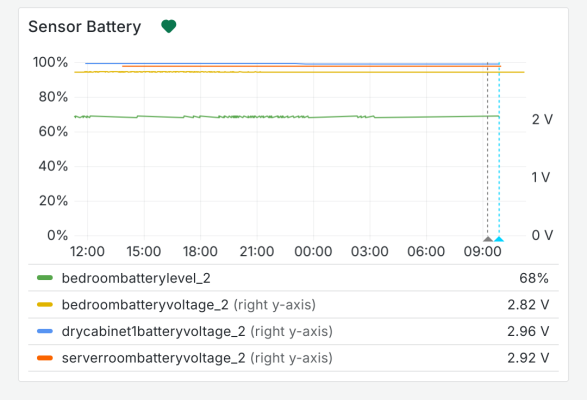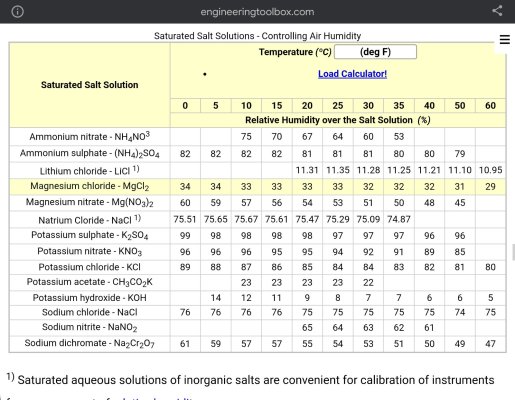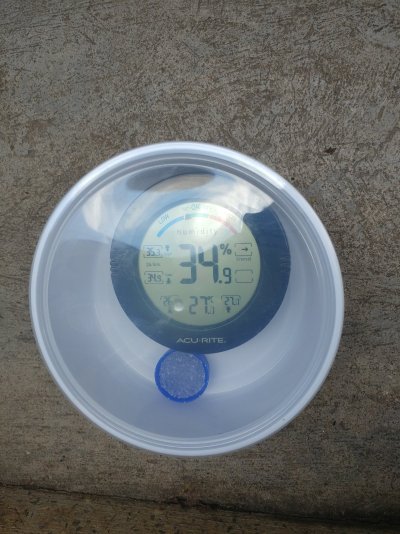Here is the graph of SHT35-DIS, of it's accuracy.
You'll notice that the error rate is relative to the actual temperature/humidity, it is not always going to be
±1.5 % RH and
±0.1 °C, the advertised specs are only valid in a certain range or it could be only valid at a certain temp/humidity, you can think of it as the best possible accuracy the sensor can produce.
This is were datasheets of sensors come in and you look at the full picture. In above case the relative humidity accuracy stayed stable till 0-80% RH, in 80-100% RH range it drifts to
±2 %.
Now that specific humidity accuracy graph is valid at 25 °C that's why it says "
Typ RH tolerence at 25 °C", so with temperature our humidity accuracy also changes, how much you ask, we have to dig deeper into the datasheet.
Similarly on the temperature side, the advertised accuracy of
±0.1 °C is only valid in 20-60°C.
From this the key take away is we should be looking at the worst case accuracy of the sensors, high quality sensors/products from reputable companies will provide this data too.
Cheap sensors will simply throw a spec at you without telling anything about it, is it the worst case or the best case? If it is the typical then what is the worst case?
As we go deep into this rabbit whole, the more you loose trust in cheap sensors.














